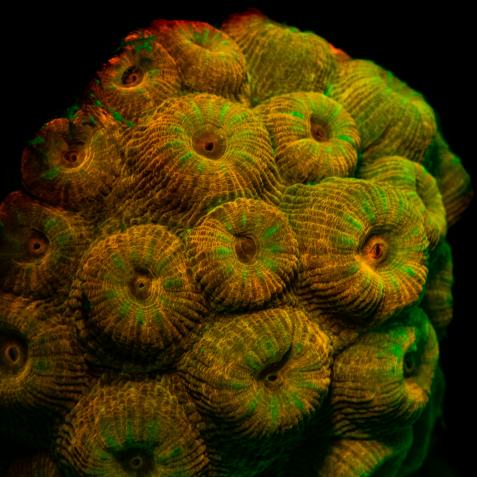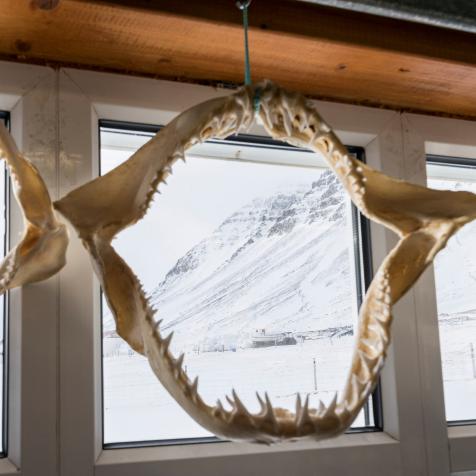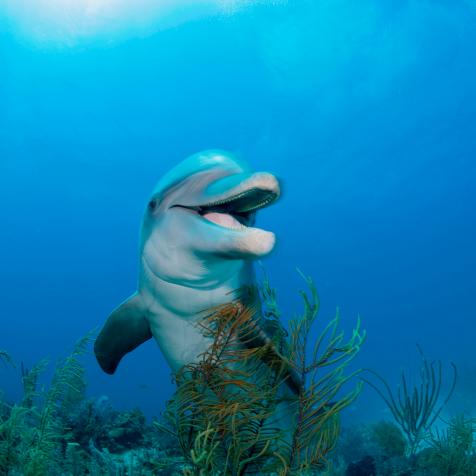
Waraphot Wapakphet
The Untold Journey of the African House Gecko's Treck across the Atlantic Ocean
Reptile roadtrip? How the African house gecko traveled from Africa across to the Americas.
How does a gecko from Africa cross the Atlantic Ocean? There’s a few hypotheses about it… what’s yours?
Meet the African gecko species that could-- Hemidactylus mabouia.
This ‘little and brown’ African house gecko originated around southeastern Africa in areas such as Zimbabwe, Mozambique, and other neighboring areas, according to the New York Times. A paper recently published in Royal Society Open Science sought to discover how this tiny creature had outspread itself in the Western hemisphere. By reconstructing the Hemidactylus mabouia evolutionary history, researchers have concluded that it comprises “a diverse collection of closely related species that include as many as 20 lineages across Africa.” However, only one lineage out of 20 successfully spread throughout Central and West Africa, as well as in the Americas — H. mabouia sensu stricto.

ViniSouza128
The "little and brown" African house gecko shown against a human hand for size reference.
Researchers were surprised to find 20 lineages of the African house gecko, but were more intrigued by the fact that only a single lineage was able to stake a claim in the Americas. A postdoctoral researcher not involved in the study hypothesizes whether sensu stricto has “special traits that contribute to invasiveness, or if it was just a question of opportunity.”
The ‘old’ hypothesis originally theorizes that African house geckos stowed away on vessels associated with the trans-Atlantic slave trade. Aedes aegypti mosquito and several earthworm species, according to the New York Times, were also presumed to be transported via the slave trade. For the African house gecko’s sake, they’re ‘excellent stowaways,’ as they can live off minimal food and water for long periods of time and remain comfy and cozy in any crack or crevice, Ishan Agarwall, a herpetologist and author of the new paper, explains. And, crazy enough, one (female) gecko is truly all you need-- the New York Times adds that, “[a] single stowaway gecko with a bellyful of eggs would be enough to start a new population of geckos in a new land, without attracting much notice.”

ViniSouza128
Close-up of the African house gecko of the species Hemidactylus mabouia.
To test if this hypothesis was truly accurate, researchers cross-examined the historical data of geckos in the Americas to the routes of slave voyages and the vicinities involved with the slave trade. According to the New York Times, “H. mabouia was recorded in the West Indies in 1643 and in Dutch-controlled Brazil around the same time, more than a century after slave ships crossed to the Americas.” However, the authors do have other theories as to how the reptiles crossed the Atlantic.
The paper also explained the poor genetic diversity among geckos from the Americas and Africa, proposing the theory that geckos spread more recently than originally theorized. Luckily, the African house gecko can thrive in many parts of the world, and because they’re commensal species (i.e., it benefits based on its proximity to humans), there shouldn’t be much surprise when you see a gecko or two around.












































































